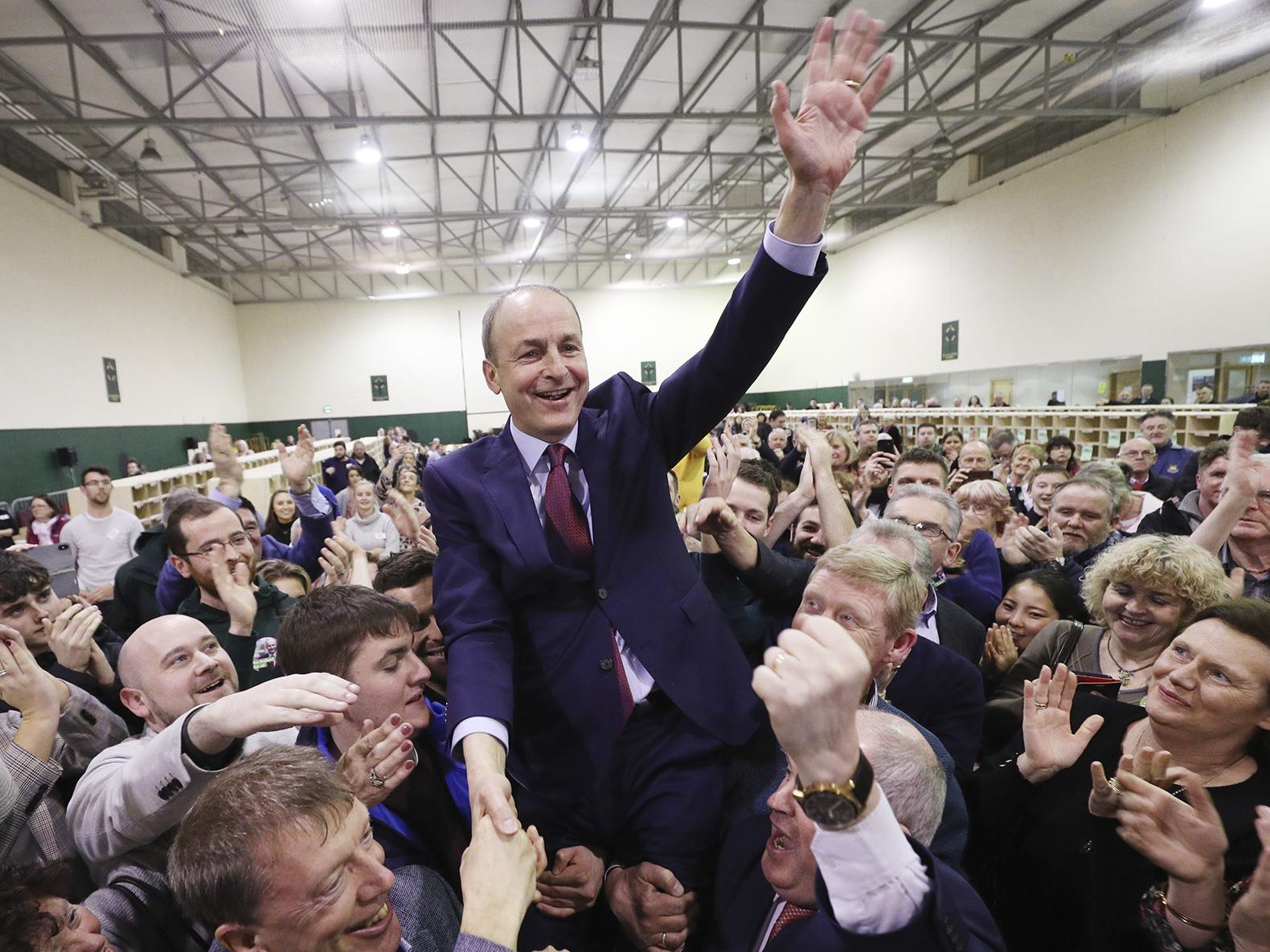A lot has happened since Ireland’s general election in February, with the coronavirus pandemic taking precedence over necessary talks to form a government.
Sinn Fein emerged as the largest party after the election, but were unable to pull together a majority. Instead, political enemies Fianna Fail and Fine Gael managed to forge a pact which would bring them together into government - and they have persuaded the Green Party to join them. All three parties ratified the deal on Friday, clearing the way for a new administration in Dublin.
After agreeing a "rotating Taoiseach" plan, it was decided that the Fianna Fail leader Micheal Martin would be the first to take the top job, before it goes back to Fine Gael’s Leo Varadkar.
Who is Micheal Martin?
Micheal Martin (that’s pronounced me-hawl) is a Cork-born politician who has served as a member of the Irish parliament since 1989. He is a member of the centre-right Fianna Fail, a catch-all republican party who have historically been the most successful in the history of the state.
Martin has previously served in a number of cabinet positions, including Minister for Foreign Affairs, and has led Fianna Fail since 2011. He took up the job in the wake of the financial crash and the bailout, for which his party were severely punished at the 2011 general election. They went from being the party in power with 71 seats, to a near wipe-out when they returned with just 20.
Three elections later, Martin still hasn’t returned Fianna Fail to power, but the surprise split of 2020’s hung parliament has finally given him an opening. In becoming Taoiseach, he would follow in the footsteps of every Fianna Fail party leader who came before him - including Eamon DeValera, Charles Haughey and Bertie Ahern.
Martin is a much more traditional, career politician, portrayed by satirists as a bit boring - in sharp contrast to the personality and flair for PR which Leo Varadkar brought to the role across the past few years.
What will this mean for Ireland?
Martin will be overseeing an agenda which has been agreed by three parties, and aims to please as many constituents and interests as possible, while also delivering what the country needs across the next five years.
It aims to see Ireland safely through the pandemic and plot a road to recovery, address longstanding issues like health and housing which made voters so passionate for change, and it will also bring ambitious environmental commitments to make Ireland greener. It won’t be an easy task, and questions remain over how it will all be paid for.
There is considerable risk for Martin in leading his party into this coalition. The true policy differences between Fianna Fail and Fine Gael have long been minimal, but by working closer together, lines are being blurred further - and indications are that it is Fianna Fail who are more likely to suffer. The working-class, republican element of their base is fertile ground for Sinn Fein - who stand in sharper contrast to the more centre-right Fine Gael.
This could be an opportunity for Martin to bring Fianna Fail back from the brink - but it could also spell the beginning of the end.
What about Leo Varadkar?
We certainly haven’t heard the last of Varadkar. Despite Fine Gael’s disappointing showing at the election, he will remain as party leader. A poll in mid-June gave him sky-high approval ratings of 75 per cent, with the country clearly happy with how he has steered them through the pandemic.
In this new coalition, he will likely first serve as Tanaiste - the Taoiseach’s number two. This would see him deployed in many of the same arenas where he has proven successful in the past few years - namely liaising with Ireland’s partners in Europe.
He would then return as Taoiseach in December 2022, to lead the government through the second half of its term. If, of course, this ambitious coalition manages to make it that far.

Join our commenting forum
Join thought-provoking conversations, follow other Independent readers and see their replies
Comments